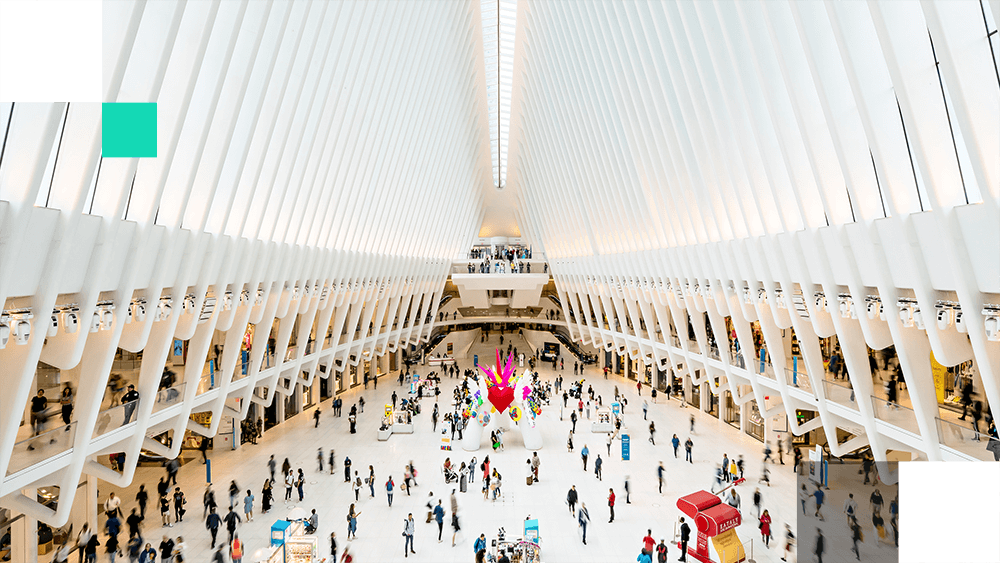What does placemaking mean in commercial real estate?
Why great spaces are no longer enough. Placemaking creates value through experience, community, and connection.

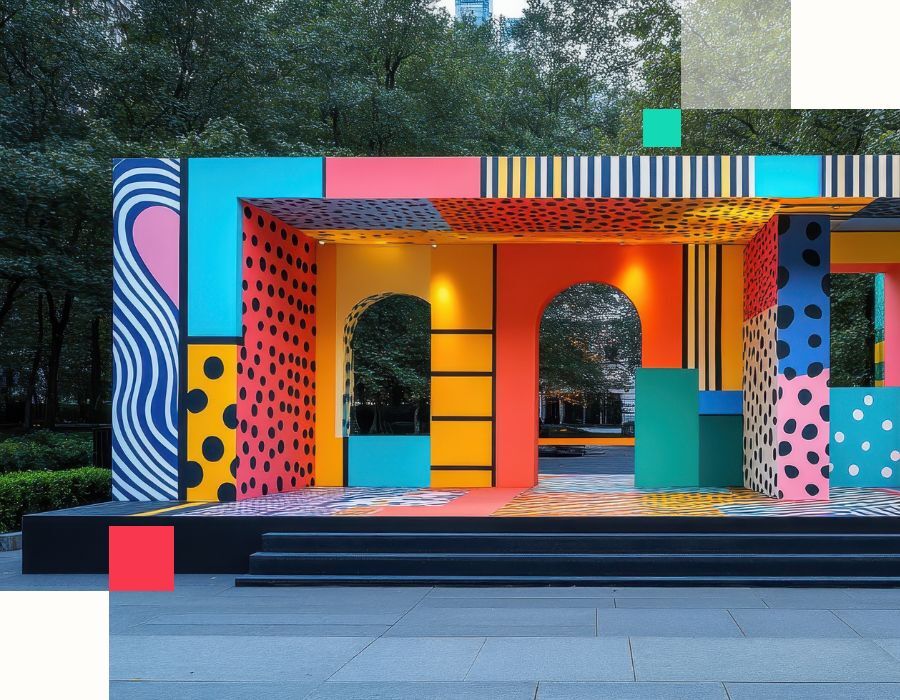
The definition of placemaking in CRE
Placemaking in commercial real estate is the strategic process of designing and activating spaces to foster emotional connection, community engagement, and commercial value. It goes beyond architecture or landscaping to focus on how people interact with a place, whether that’s a retail street, an office lobby, or a mixed-use plaza. At its core, placemaking transforms buildings and spaces into destinations, turning real estate from a static product into a dynamic experience.
A placemaking strategy can be transformative
Simply owning or managing a building is no longer enough to ensure commercial success. Tenants and visitors increasingly expect more than functional infrastructure; they want memorable experiences, meaningful engagement, and spaces that reflect their values. This marks a shift from “space-as-product” to “experience-as-service.” Placemaking addresses this evolution by helping landlords, operators, and asset managers create environments that serve not only financial goals, but also social and cultural expectations.
Placemaking vs. place branding vs. place management
While often associated with retail and public realm, placemaking applies across the entire CRE landscape; from activating corporate campuses to creating culture-rich transport hubs. Whether you're managing a city centre shopping centre, a flexible workspace, or a transit-oriented development, placemaking principles help ensure that your asset is not just a location, but a meaningful place in the lives of its users.

Placemaking
Placemaking is the practice of shaping physical spaces to encourage social interaction, cultural expression, and community engagement. In the context of commercial real estate, it involves curating environments that not only meet functional needs but also create emotional resonance with users—be they shoppers, workers, residents, or visitors. Through thoughtful design, programming, and activation, placemaking helps assets transcend their physical footprint and become true destinations. It focuses on people-first design, and it often involves stakeholder input, tactical urbanism, and iterative experimentation.

Place branding
Place branding is the articulation and communication of a place’s identity to internal and external audiences. It’s how a property, district, or city expresses its personality, values, and promise - often through visual identity, messaging, and campaigns. Where placemaking deals with the creation of the experience itself, place branding captures and broadcasts that experience to shape perception. For commercial real estate owners, strong place branding can influence leasing success, tenant pride, investor confidence, and public awareness.

Place management
Place management is the ongoing stewardship of a space to ensure it remains vibrant, safe, clean, and engaging. It involves the operational, administrative, and sometimes political functions that sustain the quality of a place over time. This can include everything from landscaping and security to tenant coordination, event programming, and community outreach. In CRE, effective place management is what turns a one-time placemaking intervention into a long-term asset differentiator. It ensures that a great space stays great—and continues to deliver ROI for both owners and occupiers.
The core principles of placemaking

Human-centered design
Human-centered design lies at the heart of effective placemaking. It means designing spaces not solely for efficiency or profitability, but for the people who use them. This principle encourages developers, landlords, and property managers to consider how individuals move through, feel in, and connect with a space. Elements like comfort, accessibility, inclusivity, and joy are prioritized alongside form and function. In commercial real estate, this might manifest as pedestrian-friendly layouts, intuitive signage, interactive features, or seating areas that invite rest and social interaction.
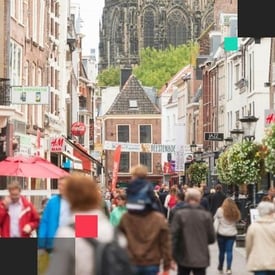
Activation of public realm
A place isn't alive until it's being used, and that’s where public realm activation comes in. This principle focuses on transforming open or shared areas (plazas, lobbies, walkways, rooftops) into dynamic environments through programming and experiences. Activations might include live music, seasonal markets, art installations, pop-ups, or fitness classes—anything that draws people in and encourages them to linger. For landlords, activating these shared areas increases footfall, supports tenant engagement, and elevates the brand of the entire asset.
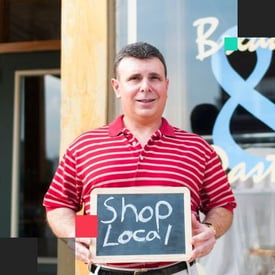
Community engagement
Genuine placemaking involves the people it intends to serve. Community engagement means inviting tenants, residents, visitors, and even local organisations to have a voice in shaping the space. This can take the form of surveys, town halls, pop-up feedback stations, or co-created events. By involving stakeholders in the creative process, landlords not only build buy-in but also ensure the place reflects local needs and culture. In turn, this deepens the connection between place and person, which boosts satisfaction and long-term loyalty.

Cultural relevance
A well-designed space only becomes truly resonant when it reflects the cultural context in which it sits. Cultural relevance in placemaking means drawing from the history, identity, and spirit of a neighbourhood or city to inform the experience. This might involve working with local artists, celebrating local festivals, or referencing vernacular architecture and traditions. For CRE stakeholders, cultural relevance is not just a nice-to-have; it creates authenticity, increases community alignment, and strengthens the uniqueness of an asset in a competitive market.
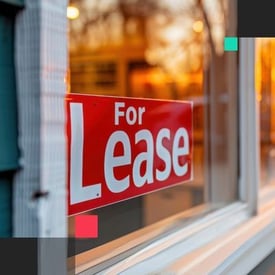
Value creation for commercial landlords and occupiers
Ultimately, placemaking must drive measurable value. This principle ties together all the others by focusing on outcomes: increased dwell time, improved footfall, higher tenant retention, social equity gains, and brand uplift. Thoughtful placemaking leads to stronger emotional bonds between people and property, which supports performance metrics like lease renewals, rental premiums, and reputational growth. For owners and occupiers alike, it’s not just about creating nicer spaces—it’s about enhancing the asset’s role as a generator of economic and social return.
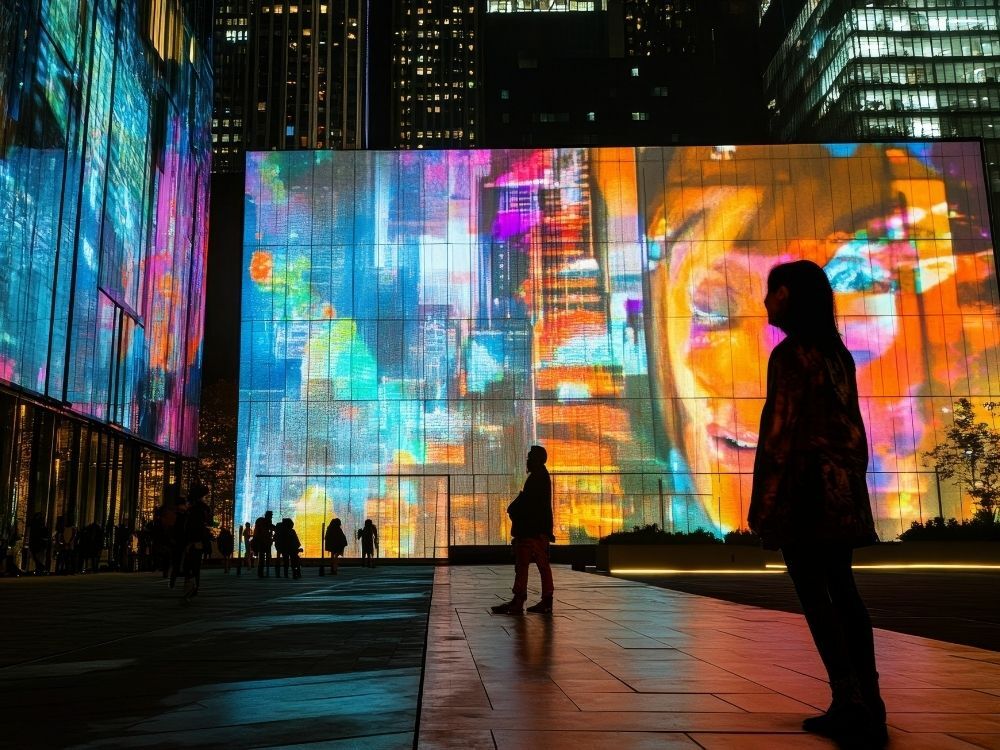
How creative placemaking and architectural placemaking go hand in hand
Placemaking isn’t one-size-fits-all. From mural-lined walkways to thoughtfully planned plazas, different disciplines shape the way we experience place. But what’s the difference between creative placemaking and architectural placemaking, and why does it matter for commercial real estate? These two approaches are often complementary, but they draw on different tools, stakeholders, and outcomes.
Placemaking ESG supports retail sustainability reporting
Placemaking plays a critical role in retail sustainability reporting by transforming physical spaces into sources of measurable ESG data. From adaptive reuse and green infrastructure to community engagement and stakeholder governance, placemaking supports every pillar of sustainability reporting. Retailers can leverage placemaking to meet environmental targets, strengthen social impact, and demonstrate transparent governance—turning place into proof for investors, regulators, and the communities they serve.


The importance of placemaking tech
Today’s most successful places don’t just look good, they run smart. From real-time footfall tracking to tenant apps, digital tools are transforming how placemaking is designed, delivered, and measured. Whether it’s unlocking data-led decisions or automating community engagement, technology is giving CRE stakeholders unprecedented control over how people experience place.
Are you operating in data darkness?
Gaining insight into your property data can not only help with operational activities, it also directly impacts leasing decisions and Net Operating Income (NOI). Gaining reliable portfolio insights allows property owners to accurately forecast, reduce the risk of tenant turnover, whilst building thriving communities.
In this eBook you'll learn how leading commercial property businesses are tackling global data acquisition, industry analysis from Deloitte, KPMG and JLL, and practical tips to move your data roadmap forward.


Unlock the power of placemaking
Placemaking has become more than a buzzword in commercial real estate—it’s a strategic imperative. In the latest episode of CRE Corner, Kinexio’s David Fuller-Watts sits down with Donna Howitt, Director of Place Strategy at Liverpool ONE, to unpack how a destination at the heart of one of the UK’s most iconic cities has become a masterclass in meaningful placemaking.
Is your property truly protected?
Any CRE asset that houses multiple tenants or where the public gathers in large volumes, brings the challenge of keeping people safe. Effective risk management is critical, but it demands a cohesive and holistic approach to identifying and managing security risks.
Such threats may be (somewhat) predictable such as extreme weather, or more unpredictable such as crime or terrorism. Whatever the cause commercial real estate security is of the upmost importance. Find out everything you need to know to secure your CRE space, including the hard stats, expert opinions and proven strategies to help you stay ahead.
Kinexio - who we are
Kinexio is a leading enterprise solution for property management, providing the complete suite of tools to improve occupier engagement, reduce cost and drive net operating income across property portfolios. Founded in 2012, Kinexio enables real estate investors, asset managers and operators to optimise the performance of their commercial real estate assets.
Our platform’s unique ability to connect communities drives asset performance portfolio-wide.
We provide an end-to-end solution that removes silos, improves operational efficiency and provides unparalleled access to data and insights.
Built by CRE experts for CRE experts.

Want to carry on the conversation?
Click the button below to speak to a member of our team of experts.

Join over 2,200 properties connecting their communities
Engaging over
600K+ active users globally
Supporting over 150 companies across 30+ countries worldwide

